Palmer Numbering System Primary Teeth
Palmer numbering system primary teeth. Universal Notation System 1For the primary teeth. The mouth is divided into four sections called quadrantsThe numbers 1 through 8 and a unique symbol is used to identify the teeth in each quadrantThe numbering runs from the. The same symbol is used to identify the quadrants.
Originally called the Zsigmondy system by an Austrian dentist Adolf Zsigmondy who developed the idea in 1861 The Zsigmondy-Palmer system Zsigmondy 1861. Zsigmondy- palmer system The Hungarian dentist Adolf Zsigmondy discovered this system in 1861 using a Zsigmondy cross to record quadrants of tooth positions. The ADA in 1968 officially recommended the.
The child primary or baby teeth were depicted with a quadrant grid using Roman numerals I II III IV V to number the teeth from the midline. The individual teeth are marked from 1-8 starting from the front teeth. Orthodontists often use this system.
The Palmer notation method consists of a symbol which designates the quadrant of the tooth and a number which indicates the position from the midline. Using the Universal numbering system J represents which of the following primary teeth. The universal system of notation for the primary dentition uses uppercase letters for each of the primary teeth.
In 1947 American Dental Association Official announced every dentist as well as dental professor follow the Zigmondy Numbering System to their Patient while taking a Case history. In 1861 Adolph Zigmondy introduces the PalmerZigmondy Notation System and he later modified the system for primary dentition in the year 1874. Zsigmondy-Palmer system was introduced in 1861 and is popularly called Palmers notation among dental professionals.
Adult teeth are numbered 1 to 8 with primary or. The Palmer notation method continues to be widely used in the United Kingdom. The quadrants are numbered 1-4 for permanent teeth and 5-8 for primary teeth where upper right is 1 upper left 2 lower left 3 and lower right 4.
Palmer 1891 called eight. The Palmer Notation System is a system that uses symbols numbers and letters to indicate teeth in the permanent and primary dentition.
Comparing Universal numbering system to Palmer notation the number 29 Universal Numbering System tooth would be the equivalent to what number in the Palmer notation.
Orthodontists often use this system. Zsigmondy-Palmer system was introduced in 1861 and is popularly called Palmers notation among dental professionals. The Palmer Notation System is a system that uses symbols numbers and letters to indicate teeth in the permanent and primary dentition. The Primary Palmer Notation Numbering Systemis used by some orthodontist pedodontistsand oral surgeonsThe mouth is divided into four sections called quadrantsThe letters A through E and a unique symbol is used to identify the teeth in each quadrantThe. It uses a simple system to represent the quadrant in the mouth and whether it is up lower left or right. Maxillary left second molar. The Palmer Notation System divides the mouth into four quadrants using a symbol to indicate each of the quadrants. The Palmer Notation System. Comparing Universal numbering system to Palmer notation the number 29 Universal Numbering System tooth would be the equivalent to what number in the Palmer notation.
The Palmer Notation System is a system that uses symbols numbers and letters to indicate teeth in the permanent and primary dentition. The quadrants are numbered 1-4 for permanent teeth and 5-8 for primary teeth where upper right is 1 upper left 2 lower left 3 and lower right 4. Palmer 1891 called eight. The mouth is divided into four sections called quadrantsThe numbers 1 through 8 and a unique symbol is used to identify the teeth in each quadrantThe numbering runs from the. Tooth numbering system 1. The ADA in 1968 officially recommended the. Adult tooth numbering system.







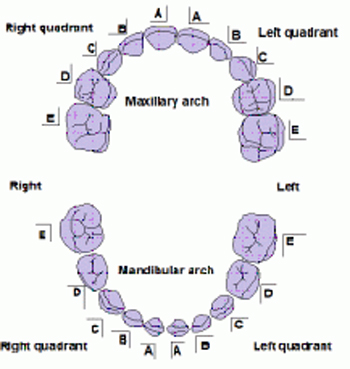

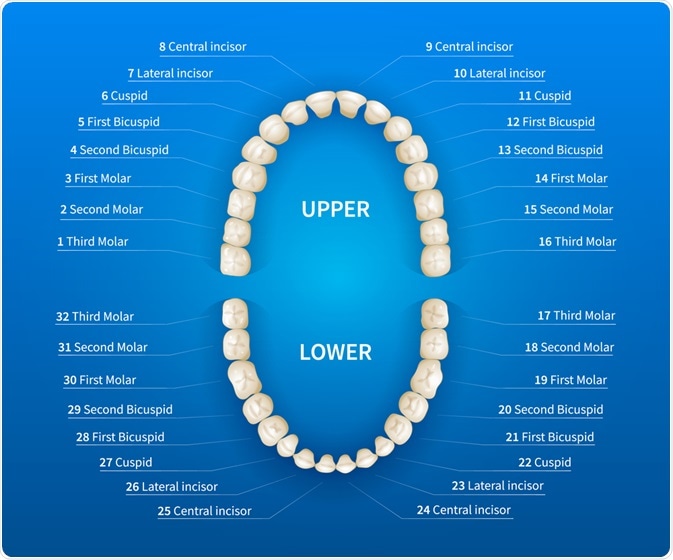

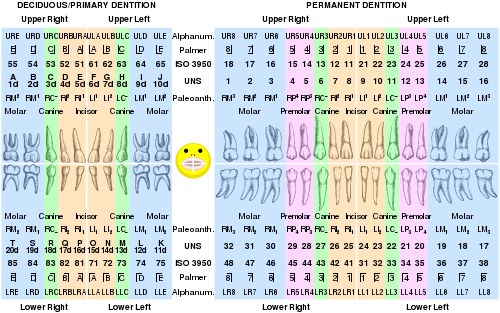
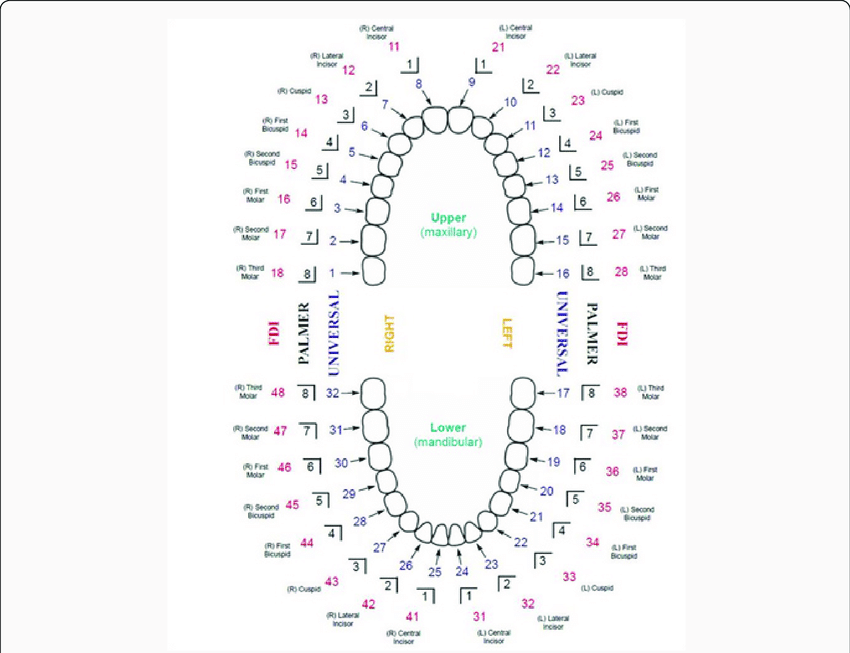



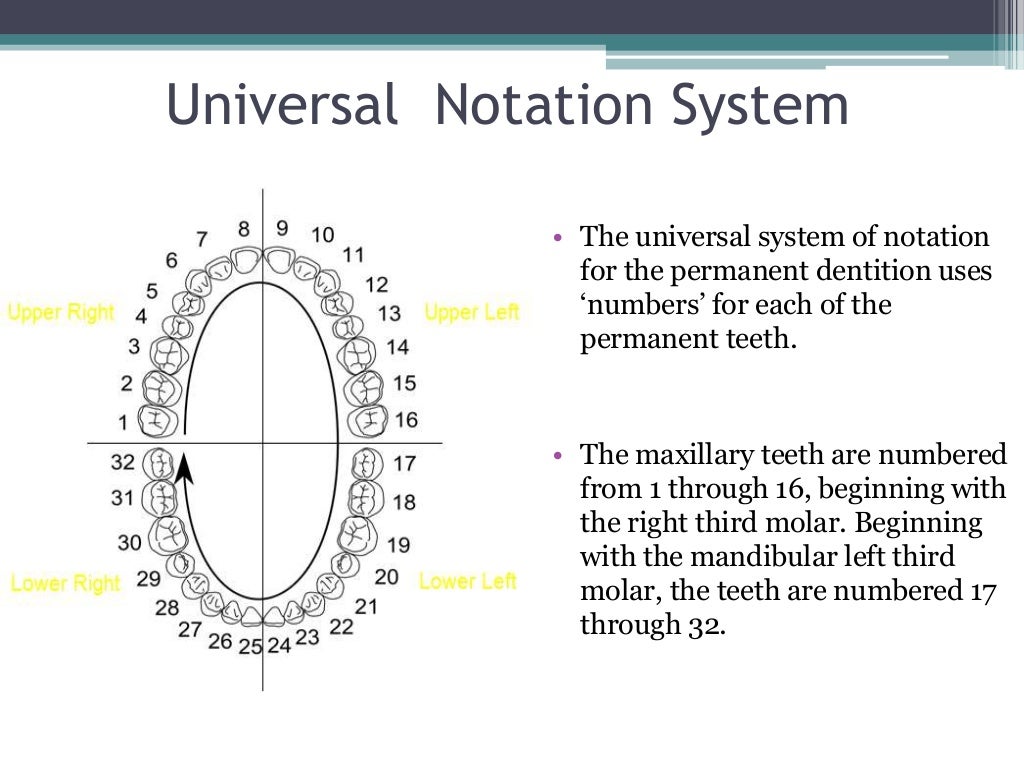








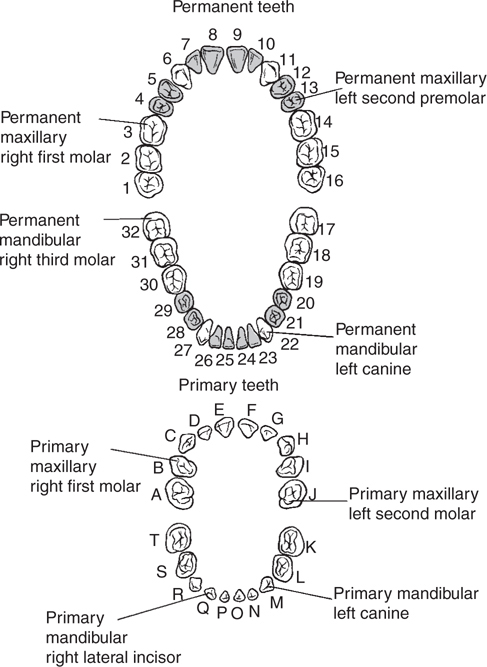

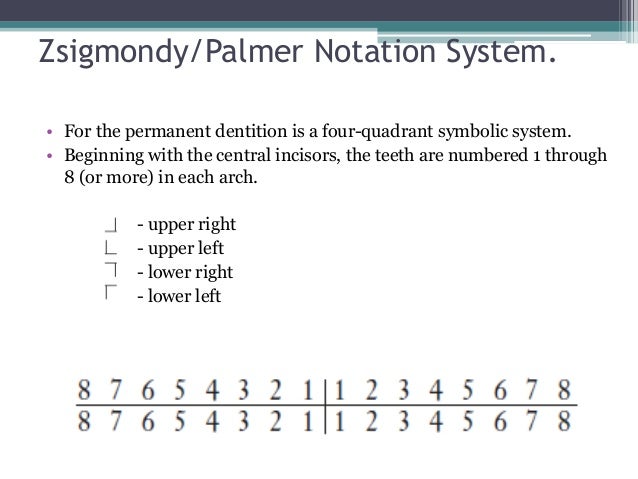
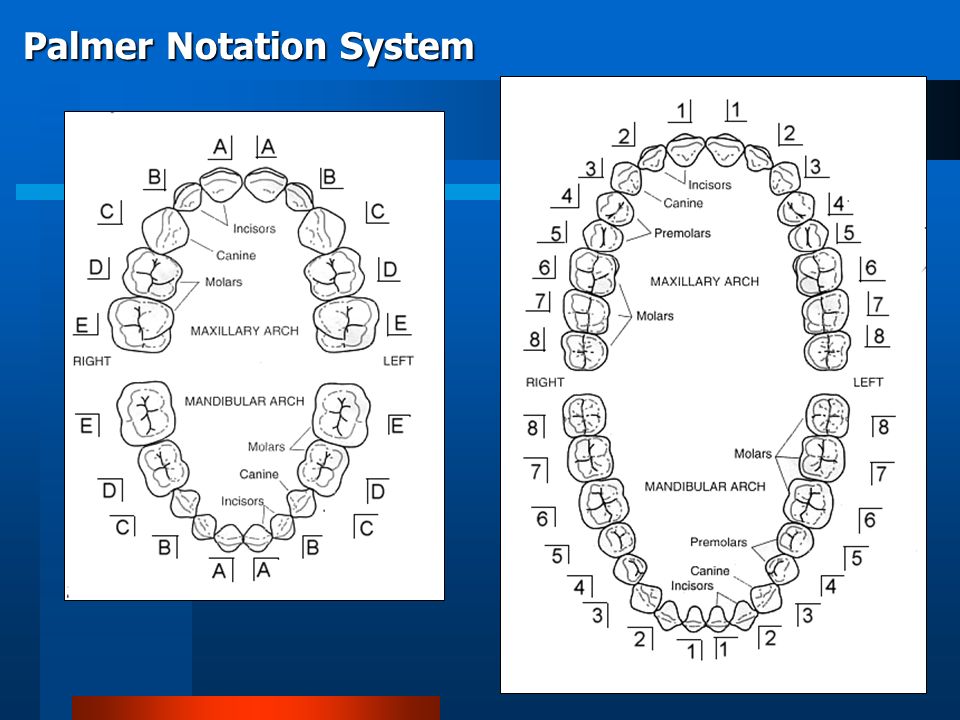

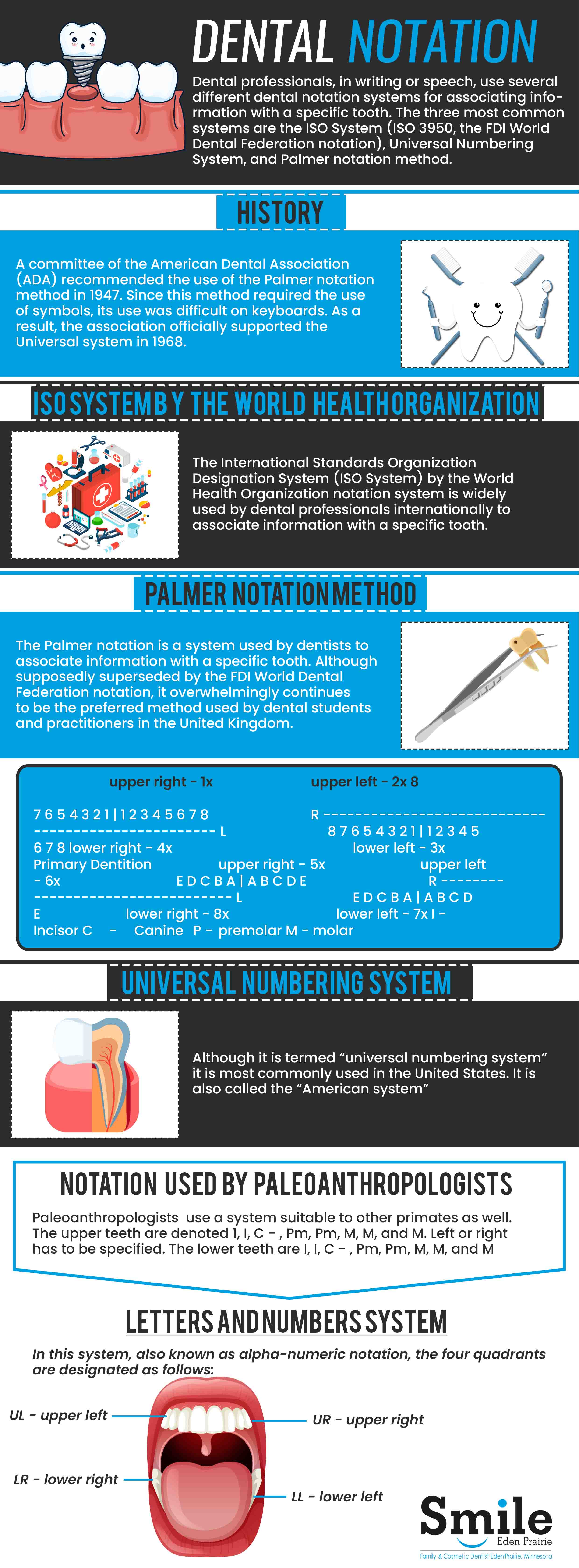

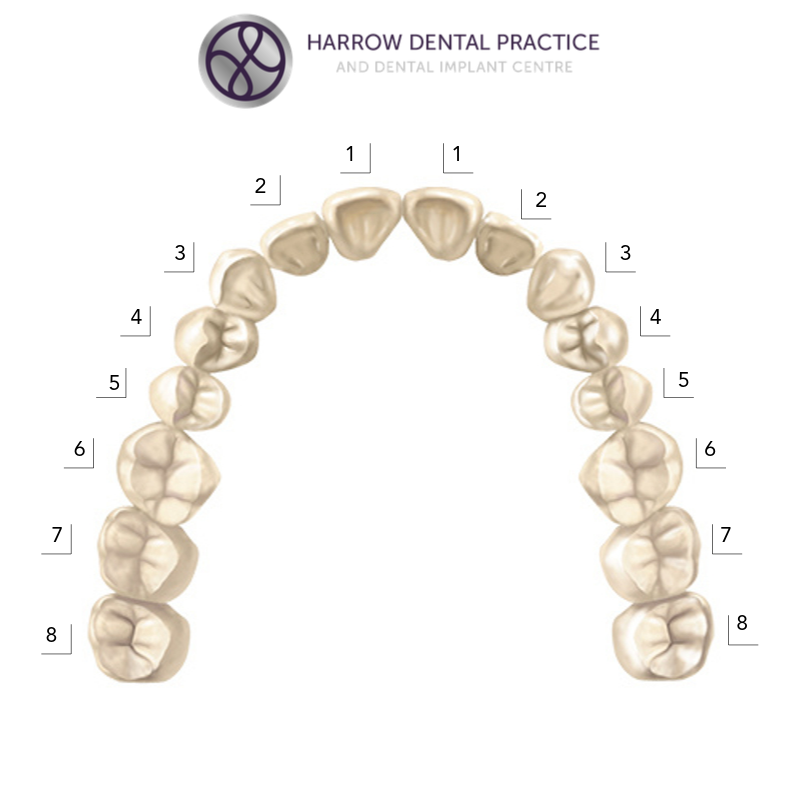
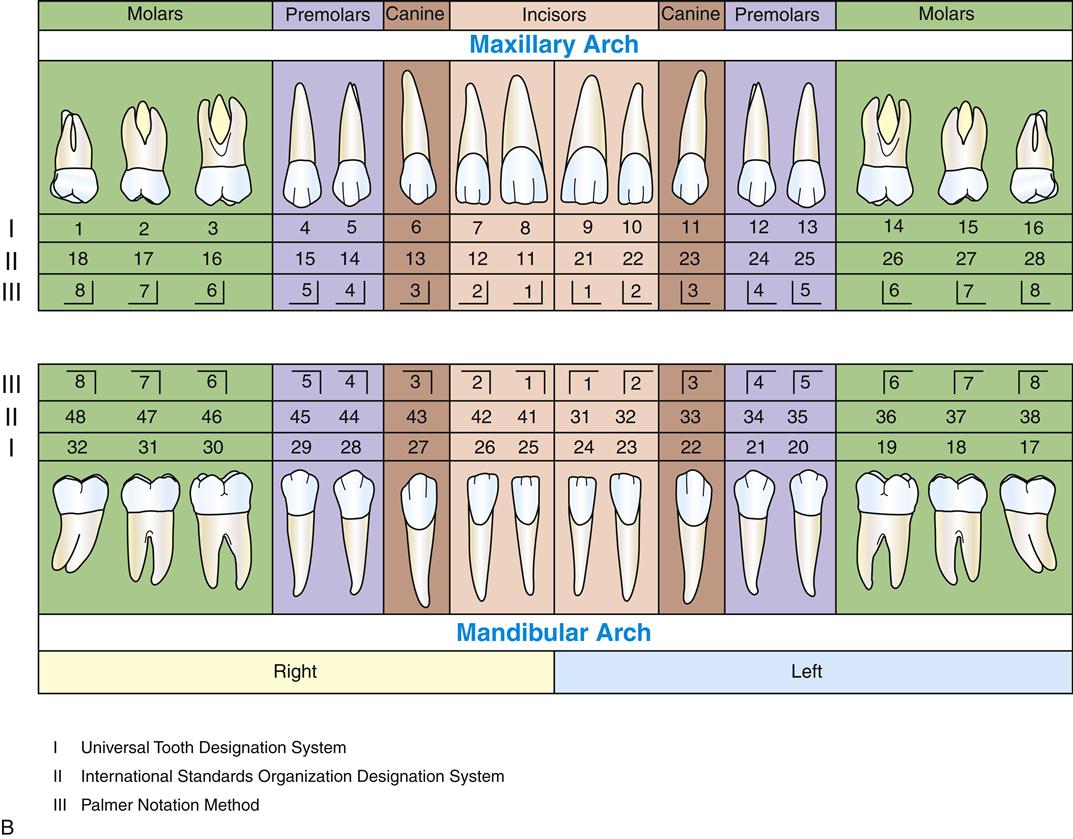


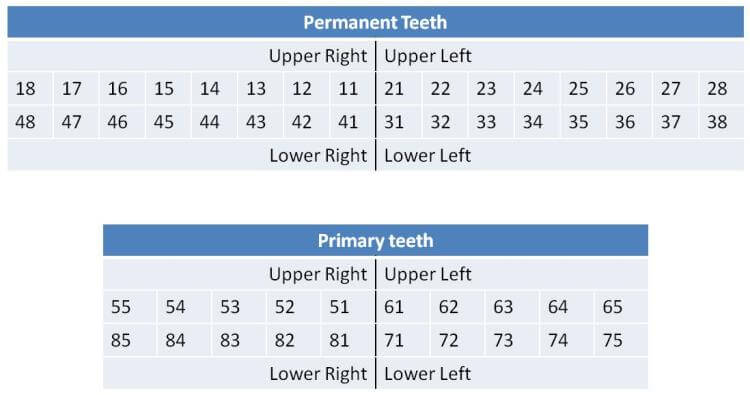


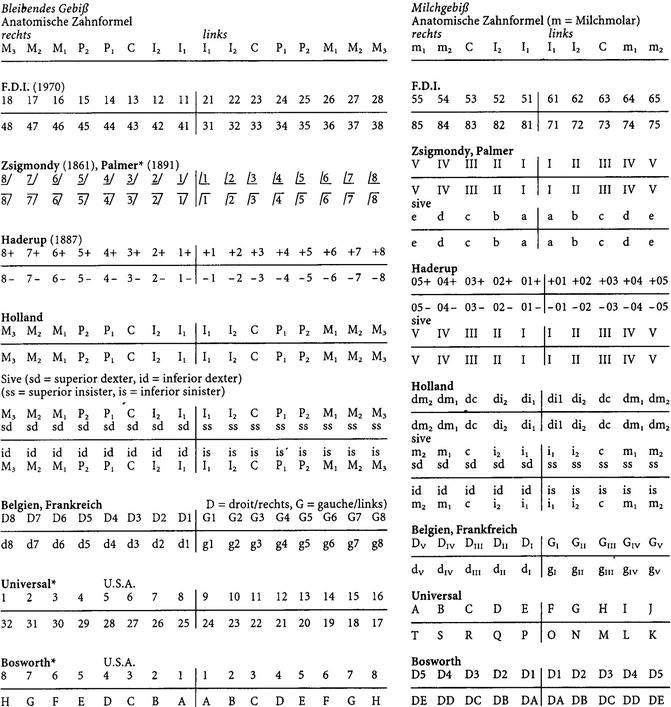








Posting Komentar untuk "Palmer Numbering System Primary Teeth"